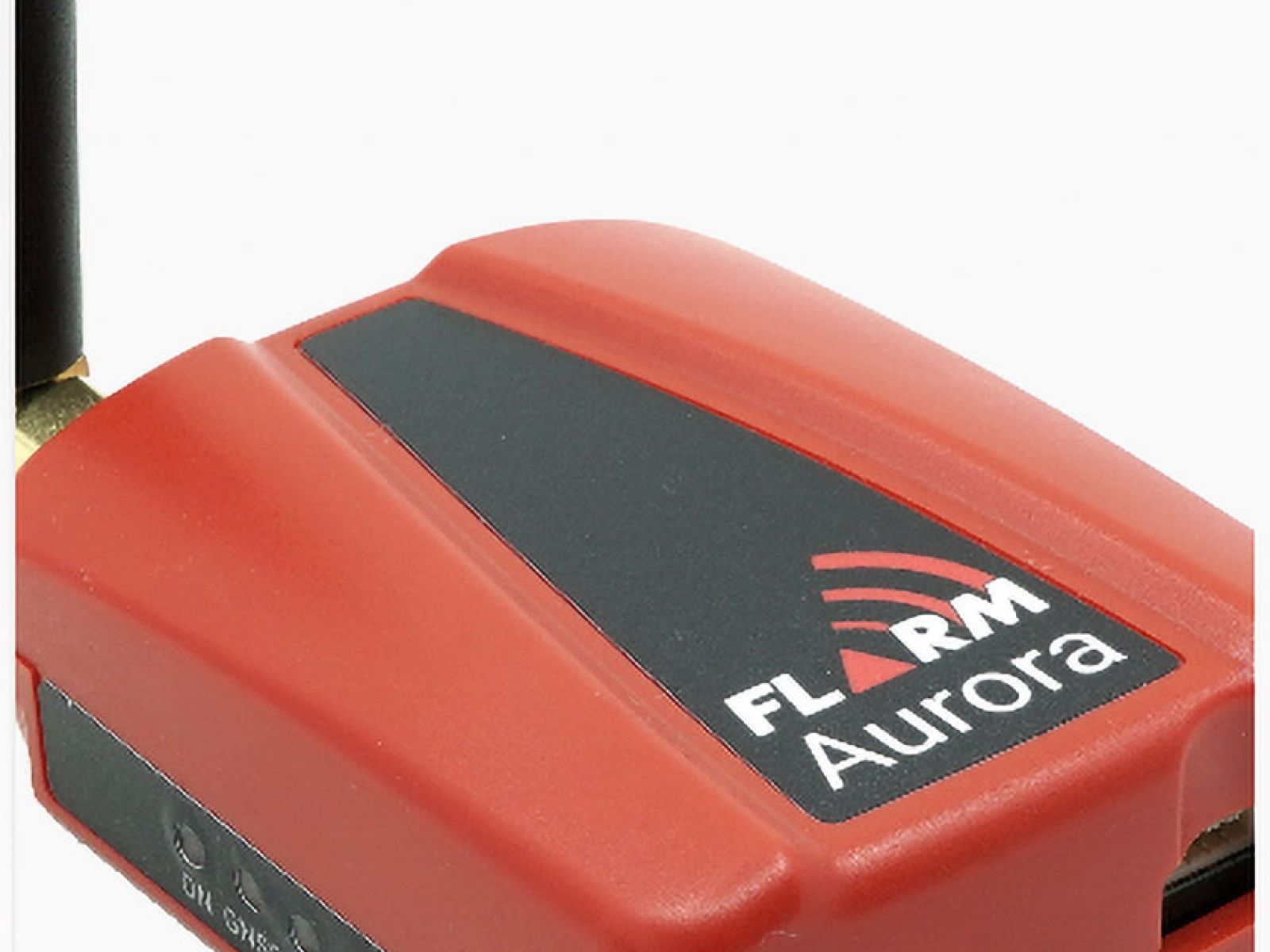A word on maintenance
On November 7th, a mid-air collision occurred over Mount Diablo, California, between an ASW-20 and an ASW-27 glider. Both gliders had a PowerFLARM installed, but one was not functioning due to an expired firmware. Luckily, both pilots survived by bailing out.
But why does the firmware expire in the first place?
This is our current approach to managing change in the highly distributed system that is FLARM. Unlike with other IT systems you may know, we cannot gradually update the population of FLARM devices since they all need to talk the same language (the radio protocol) to work. Firmware expiration allows us to change and improve the radio protocol safely, without rendering part of the devices dysfunctional.
Ok, so when does the firmware expire?
This is stated in the Release Notes. The published, most current firmware always has an expiration date of at least 14 months in the future. Hence, simply updating once a year as part of the annual maintenance will be just fine.
We know that maintenance is a tedious chore, especially since we only do it once per year. Remembering and doing the necessary steps each year requires a deliberate mental effort.
To facilitate the process, we have recently released the Instruction for Continued Airworthiness (ICA) document. The ICA is a beefy document that contains a lot of useful information, but the core of it is really small: The annual maintenance checklist, found in Appendix B. It contains the following points:
- Verify proper installation and secure mounting of installed parts.
- Verify that all antennas are correctly installed/placed and are not damaged.
- Verify that antenna cables, wiring, and connectors are undamaged, unbent, have no corrosion or signs of water, and are correctly installed.
- Check if the range has deteriorated by performing a Range Analyses
- Reset the Continuous Analyzer of Radio Performance (CARP)
- Update the FLARM firmware
- Update the display firmware, if applicable
- Check the release notes for changes. Do you need to update the configuration?
- Update the obstacle database if installed
- Check for errors during the startup sequence.
That’s it, really! Going through these 10 points once a year should be sufficient to keep your FLARM in working condition.
Read all about the accident mentioned above, including a thorough analysis by Ramy Yanetz, in the November PASCO newsletter.

